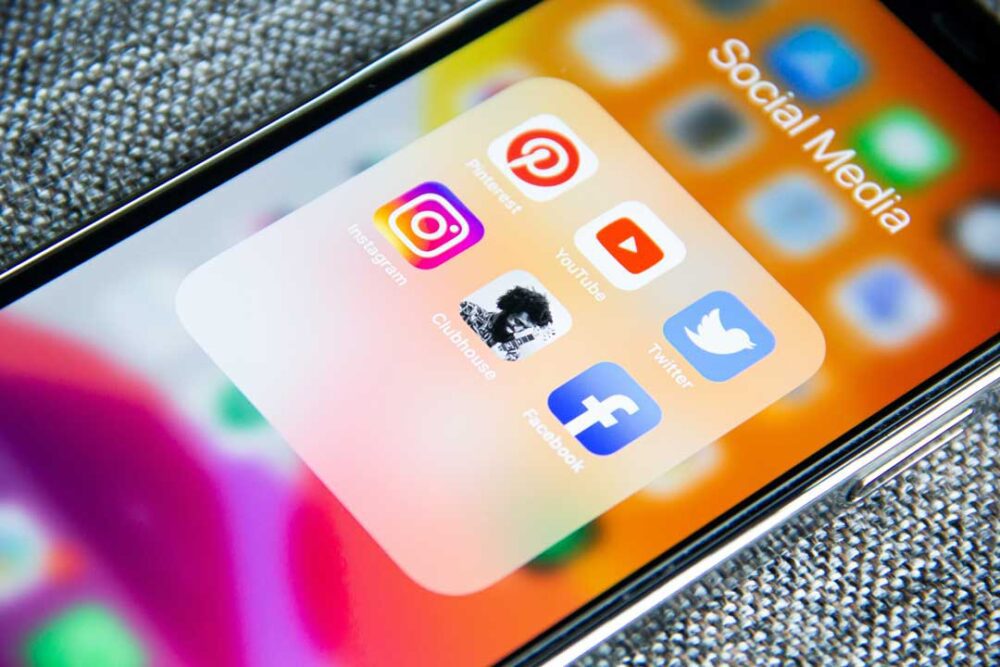Over the past few years, retailing has experienced a great transformation through social media which has changed consumer purchasing behavior, interaction with brands as well as how they shop.
Today, Instagram, Facebook, TikTok, and Pinterest among others are not mere platforms for interacting; they serve as influential instruments that determine what and where people buy by encouraging them to follow the latest trends in the market.

The Rise of Social Commerce
Selling products directly on social media platforms, also known as social commerce, is becoming a huge part of retail today. The eMarketer report predicts that social commerce sales in the United States will surpass $100 billion by 2025. The growth is being driven by advancements like shoppable posts and live shopping where consumers can conveniently buy products from their social networking profiles. To facilitate integrated online buying experiences, brand owners now more than ever link their e-commerce stores with social networking sites.
Influencer Marketing: A Game Changer
Many retail brands consider influencer marketing as an essential part of their social media strategies. Influencers with loyal followers have the power to influence consumer behavior and increase engagement. The endorsement of a product by an influencer is seen as genuine in most cases than the conventional adverts; hence, it leads to increased conversion rates. In fact, HubSpot conducted a research which indicated that 70% teens rely on influencer opinions more than those of traditional celebrities, while 63% customers believe in influencer opinions rather than brand messages.
Fashion Nova and Gymshark are examples of brands that have done very well because they make use of influencer partnerships. They employ both the services of macro and micro influencers so that they can reach all kinds of audiences. Through these collaborations, the visibility of the brand is increased, while creating a feeling of belonging for the buyers and enhancing brand loyalty and confidence.
However, the rise of influencer marketing also brings security challenges, as highlighted by Twitter hacked headlines and other incidents with such platforms, exposing vulnerabilities in social media accounts. Retail brands must prioritize the security of their social media accounts to protect both their reputation and their collaborations with influencers.
User-Generated Content: Empowering Consumers
Another crucial aspect through which social media affects consumer behavior is user-generated content (UGC). Clients are motivated by the sellers to take pictures, write reviews and post them on social media about the commodities purchased. The user generated content serves to create a sense of belonging as well as offering social proof to other consumers. It has been observed that brands which incorporate UGC into their marketing strategies record higher interactions and sales.
To illustrate, Glossier, a beauty brand, has managed to create a faithful following through sharing customer photos and reviews across their social media profiles. By doing this, they make the buyers feel as if they are playing a role in the development of the brand story, enhancing their emotional connection to the products.
Real-Time Engagement and Customer Service
In the present day, it is possible for retailers to communicate with clients instantly through social media, whereby they can give immediate feedback and responses to any questions. This kind of interaction is very important today because customers anticipate quick communication in the high-speed digital age. Companies that are good at taking care of their customers through social media usually have satisfied and loyal customers who keep coming back to them.
In addition, retailers can get important information about what customers want and how they act from social media. It is possible for brands to customize their marketing approaches so that they suit the requirements of their target populations better by taking into consideration likes, shares, comments as well as overall customer engagement on social networking sites.
Shaping Consumer Trends and Preferences
Social media plays a pivotal role in shaping consumer trends and preferences. Viral challenges, trending hashtags, and influencer endorsements can quickly elevate products to iconic status. For instance, the “TikTok Made Me Buy It” phenomenon highlights how viral trends on social media can lead to significant spikes in product sales.
Retailers are increasingly monitoring social media trends to identify emerging consumer interests and preferences. By staying attuned to the digital landscape, brands can adapt their product offerings and marketing strategies to align with consumer desires.
Final Thoughts
The retail revolution driven by social media is reshaping consumer behavior in profound ways. As social commerce continues to grow, and influencer marketing and user-generated content become integral to retail strategies, brands must adapt to this dynamic landscape. By leveraging social media effectively, retailers can enhance customer engagement, drive sales, and build lasting relationships with their audience. In an era where digital interactions are paramount, understanding the power of social media is crucial for any brand looking to thrive in the retail industry.

















